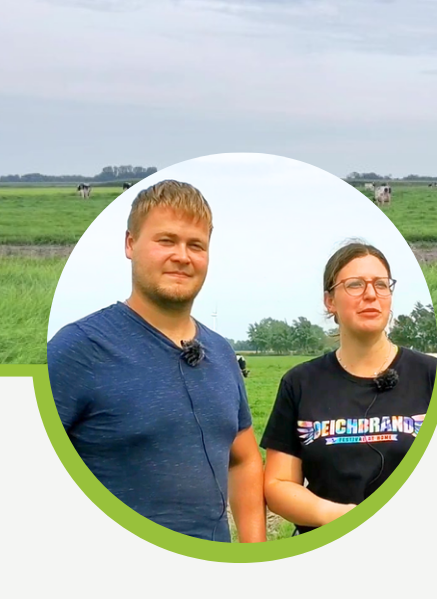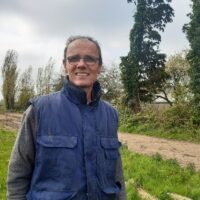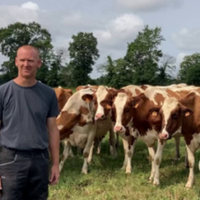Matching forage quality figures with nutritional requirements of cows and calves
Milke & Mana KAEMENA – Animal management
PDF Practice abstract (english)
Description
Practice abstract
In the salty marshes of coastal Northwestern Germany, W. and K. run a pasture-based dairy farm with 130 dairy cows and about 170 young stock. Their focus lies on optimizing calf health by ensuring both the calf and cow receive the highest possible forage quality at the time when it is needed. In order to match the nutritional requirements of their animals with the quality of their grass, they perform frequent forage value analyses.
As some pastures are regularly flooded by saltwater, the herbal and nutritional composition differs from the other pastures. Forage from these sites has a high nutritional and mineral potential and is therefore, if well monitored, intended particularly for the dry cows. The farmers perceive that this nutrient-rich feed makes calvings easier for the mothers and yields high-quality colostrum for newborn calves, giving a boost to their immune system during the critical early days. By monitoring the quality, they ensure the right timing for their cuts and adjust forage quality to lactation stage. In addition, they analyse urea levels every second day and adjust their feeding pattern accordingly.
Linking in this way animal health and forage quality, monitoring has been their proven strategy for over 10 years with notable results mirrored in reduced veterinary costs and constant productivity.
Context profil

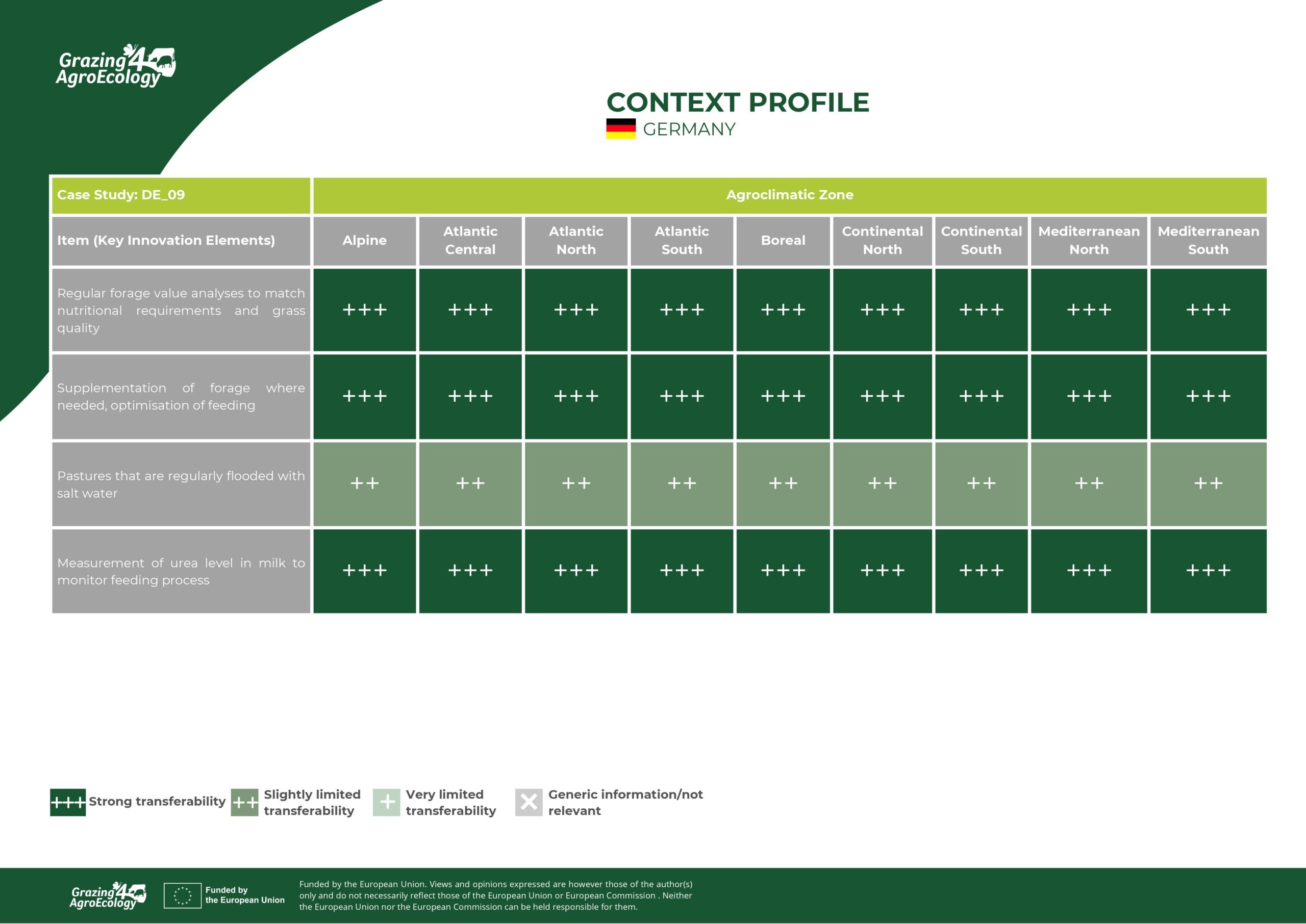
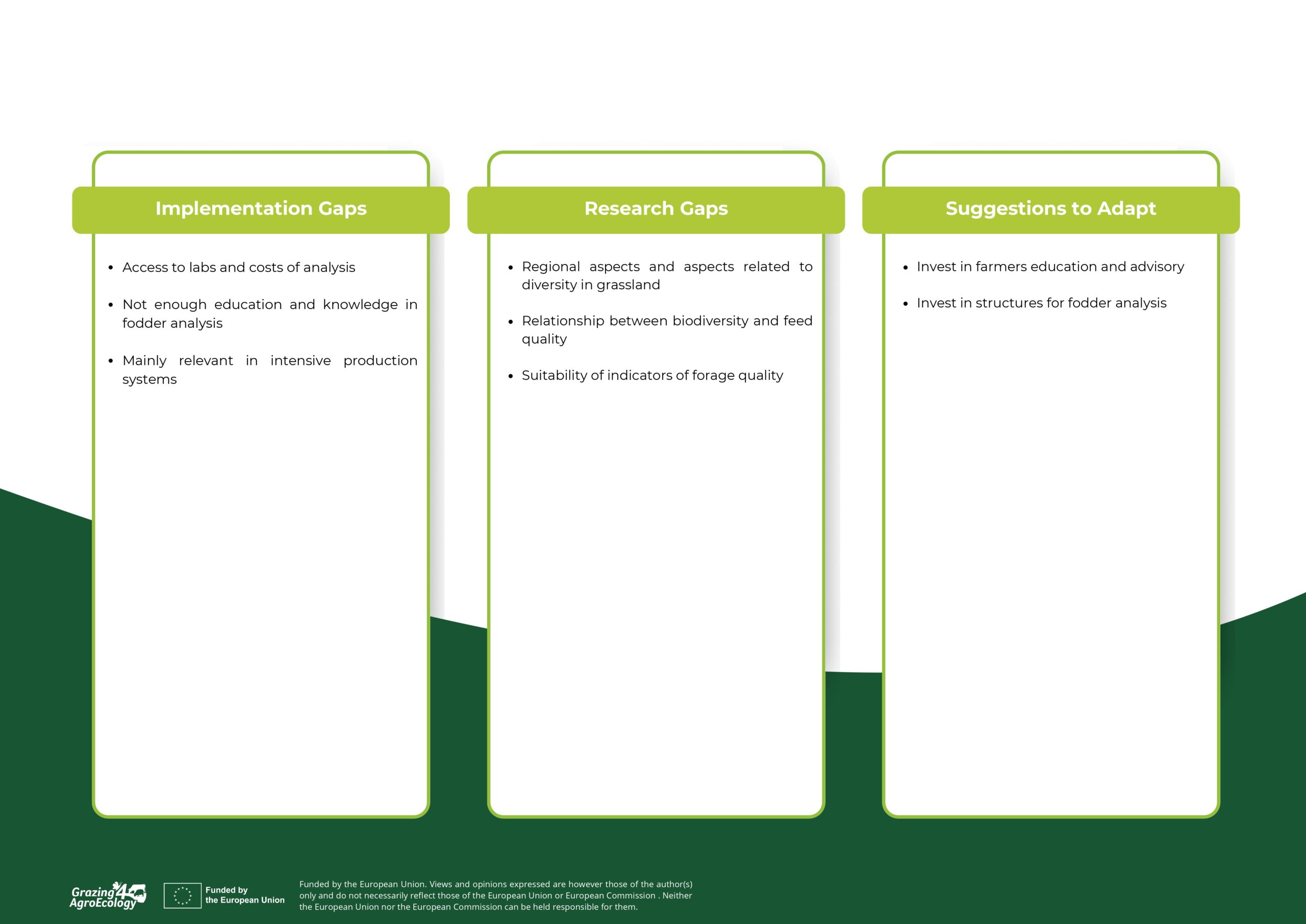
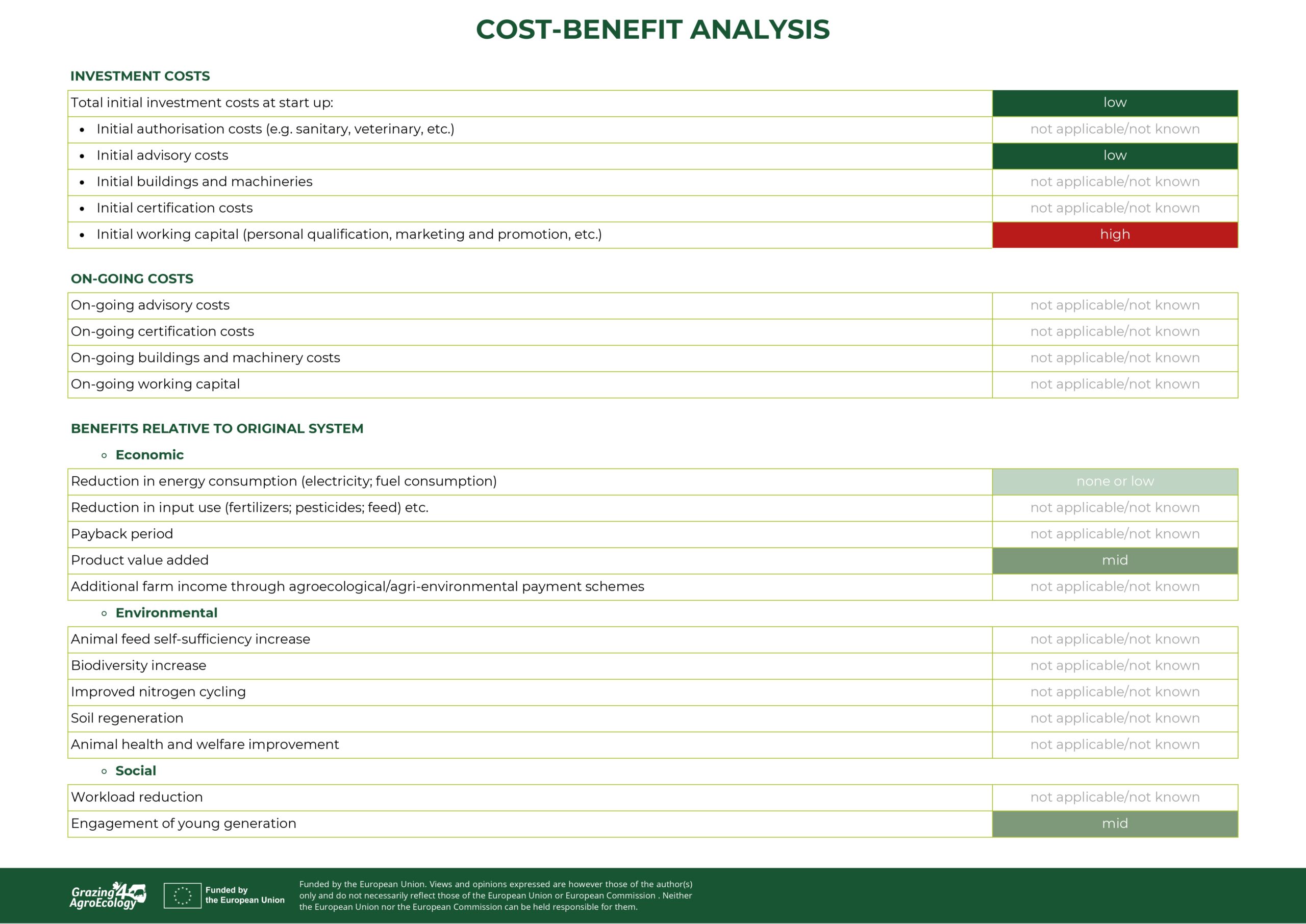
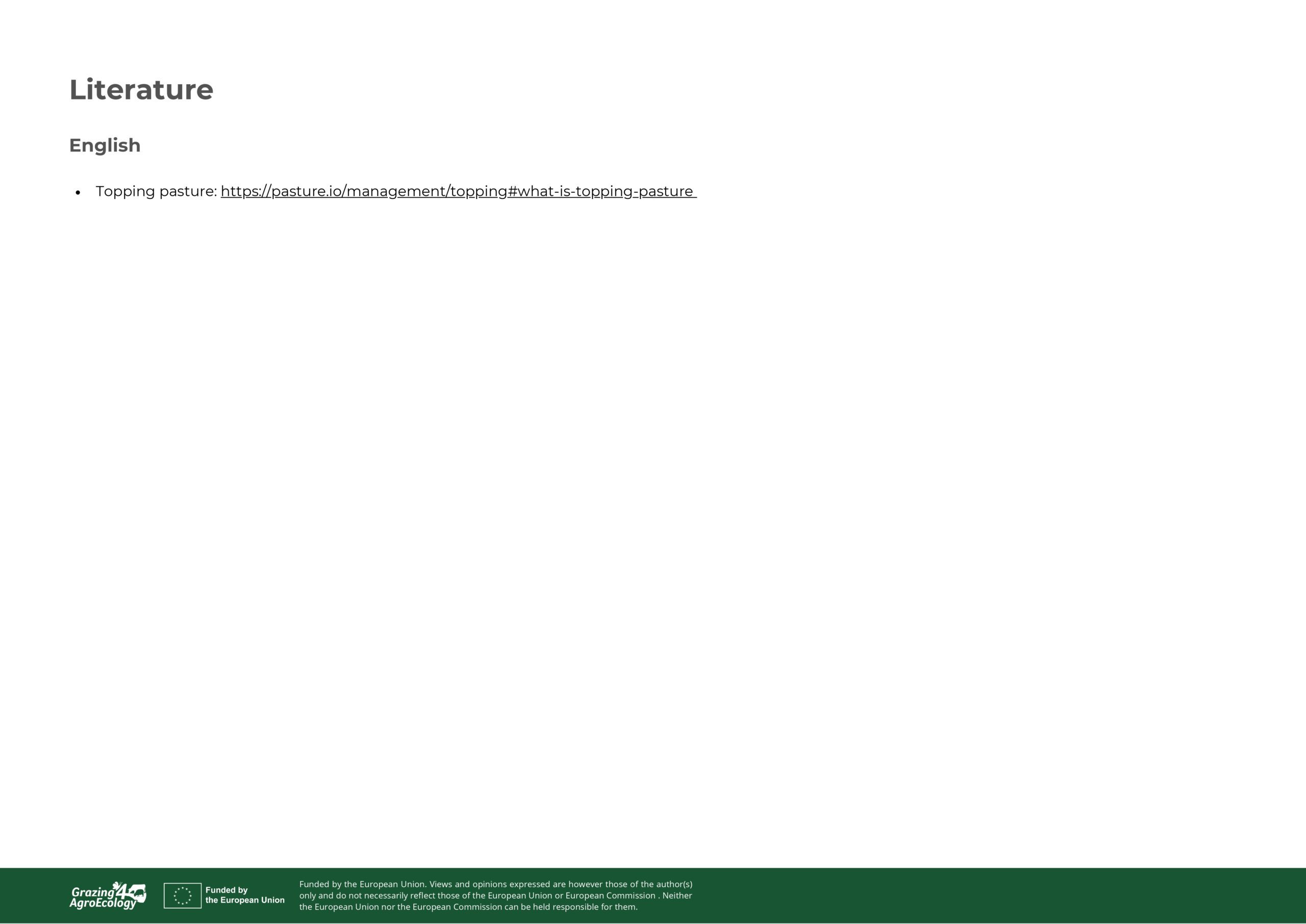
Additional information
| Main domain of innovation | Animal management |
|---|---|
| Agroclimatic area | Atlantic central |
| Climate | Moderate rainfall |
| Soil Type | Qley |
| Management | Pasture dairy |
| Technical | Computer-based |
| Finance/investment | Mid |
| Market | Global |
| Social | Full-time farmer |
